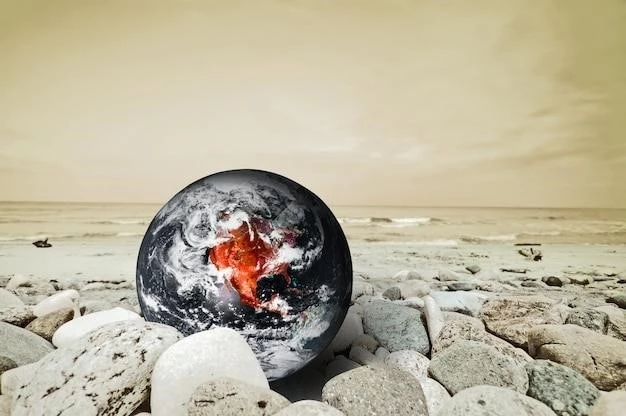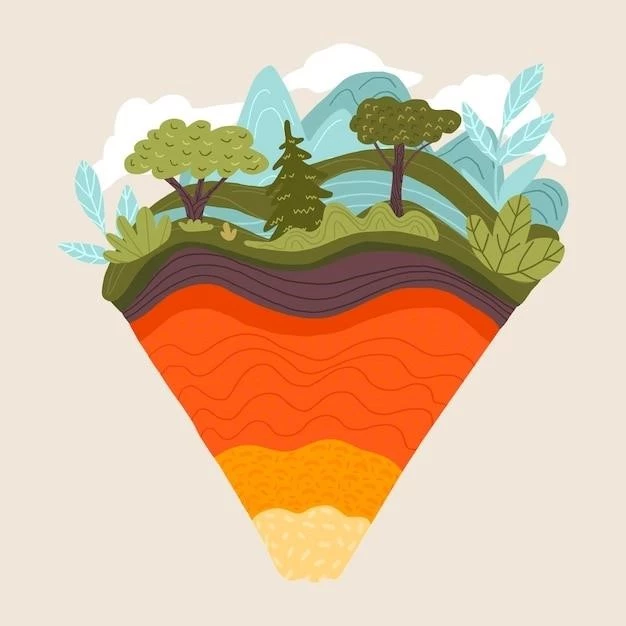The Power of Erosion: Shaping Our Planet
I remember hiking through a canyon a few years back, amazed by the towering rock formations. It got me thinking about how these incredible structures came to be. That’s when I truly grasped the power of erosion, a force that’s been silently sculpting our planet for billions of years.
Erosion is like nature’s sculptor, gradually wearing away at the Earth’s surface and shaping it into the diverse landscapes we see today. It’s a slow and steady process, often imperceptible in a human lifetime, yet its effects are profound.

The Four Agents of Erosion
There are four main agents of erosion, each with its own unique way of shaping the land:
- Water: The most common agent of erosion, water’s power lies in its ability to carve through rock and soil. Think of the Grand Canyon, a testament to the Colorado River’s relentless carving over millions of years. I’ve stood at its rim, humbled by the sheer scale of erosion’s handiwork.
- Wind: In arid regions, wind acts as a sculptor, carrying fine particles of sand and dust that grind away at rock surfaces. The iconic sandstone arches of Arches National Park are prime examples of wind erosion. I’ve witnessed firsthand how the wind whistles through these arches, a reminder of its shaping power.
- Ice: Glaciers, massive rivers of ice, are nature’s bulldozers. As they advance, they carve out valleys and transport huge amounts of rock and debris. The fjords of Norway, carved by ancient glaciers, are a breathtaking example of ice erosion.
- Gravity: The driving force behind many erosional processes, gravity pulls rocks and soil downslope. Landslides, rockfalls, and even the slow creep of soil are all driven by gravity. I’ve hiked past slopes scarred by landslides, stark reminders of gravity’s role in shaping the land.

Types of Erosion: A Closer Look
Within these four agents, there are several specific types of erosion:
1. Hydraulic Action
This type of erosion occurs when the force of moving water dislodges and carries away rock and soil. Imagine the relentless pounding of waves against a cliff face, or the rushing water of a river eroding its banks. I’ve felt the spray of crashing waves on rocky shores, a testament to the raw power of hydraulic action.
2. Abrasion
Like sandpaper on wood, abrasion occurs when rock fragments carried by water, wind, or ice grind against a surface, wearing it down over time. Think of the smooth, polished rocks you find in riverbeds, shaped by the constant tumbling action of water and sediment. I’ve picked up these smooth stones, feeling the history etched into their surfaces.
3. Attrition
This type of erosion happens when rock fragments carried by water, wind, or ice collide with each other, breaking down into smaller and smaller pieces. It’s like shaking a container of rocks – over time, they’ll chip and wear down. I’ve seen the results of attrition on beaches, where waves have rounded and smoothed pebbles and sand grains over time.
4. Solution
Certain types of rock, like limestone, are susceptible to solution. This occurs when acidic rainwater dissolves the rock, creating caves, sinkholes, and other karst formations. I’ve explored caves adorned with stalactites and stalagmites, formed by the slow drip of mineral-rich water, a testament to the power of solution.
The Impact of Erosion
Erosion plays a vital role in shaping our planet, but it can also have negative consequences:
- Soil Degradation: Erosion can strip away fertile topsoil, making it difficult to grow crops and support ecosystems.
- Water Pollution: Sediment carried by erosion can pollute rivers and streams, harming aquatic life.
- Infrastructure Damage: Erosion can undermine roads, bridges, and buildings, leading to costly repairs.
Preserving Our Landscapes
Understanding erosion is crucial for protecting our planet. By implementing sustainable land management practices, such as terracing, contour plowing, and reforestation, we can help minimize erosion and preserve the beauty and productivity of our landscapes for generations to come.
As I reflect on my experiences with the power of erosion, I’m reminded that our planet is constantly changing, shaped by forces both destructive and creative. It’s up to us to learn from these forces, to appreciate their beauty, and to work towards a future where we live in harmony with the natural world.










